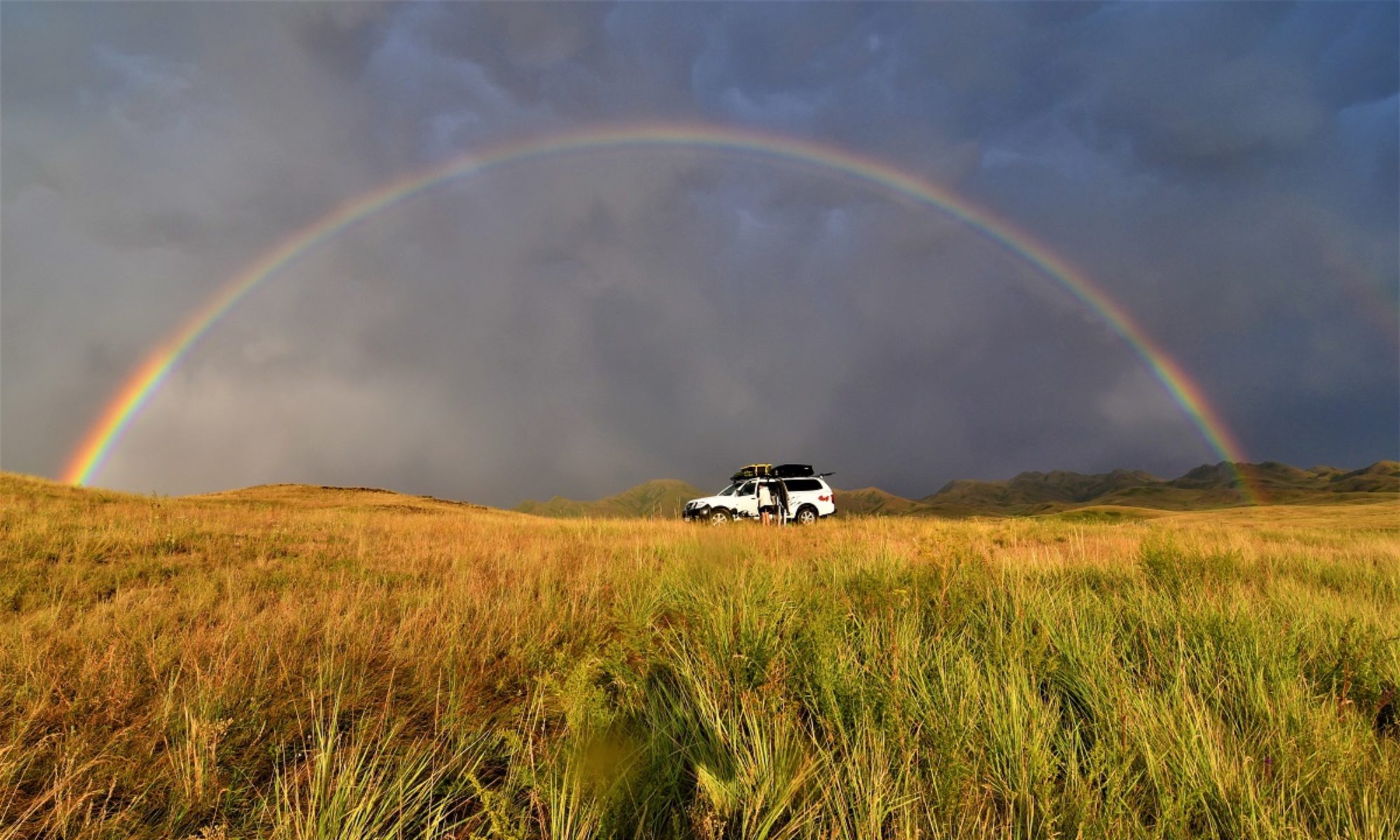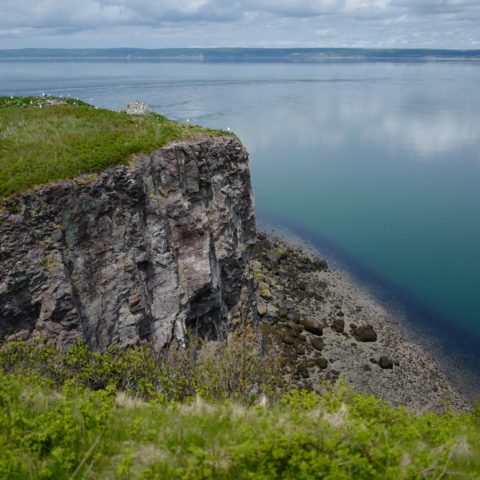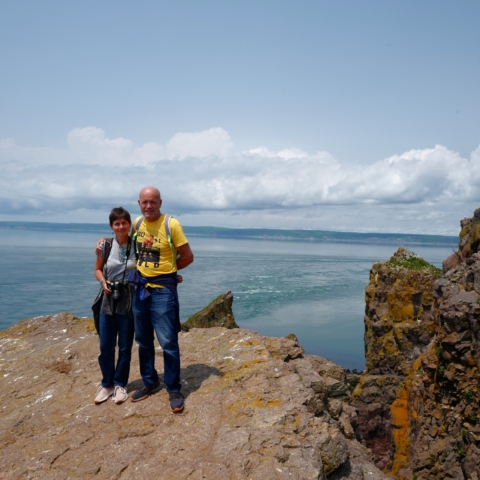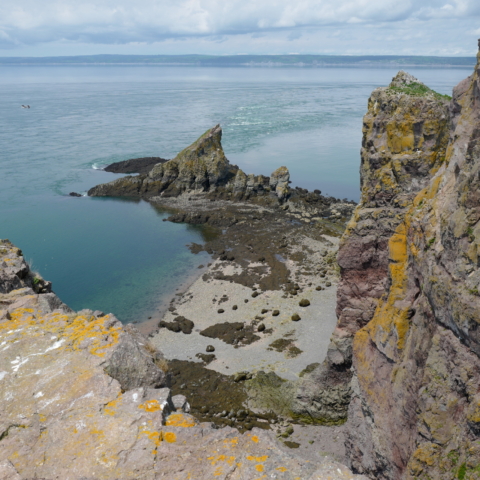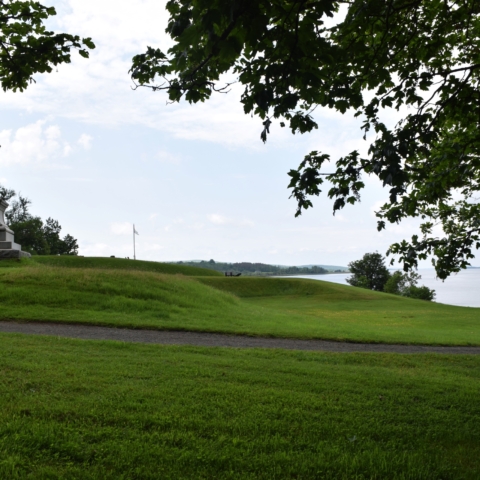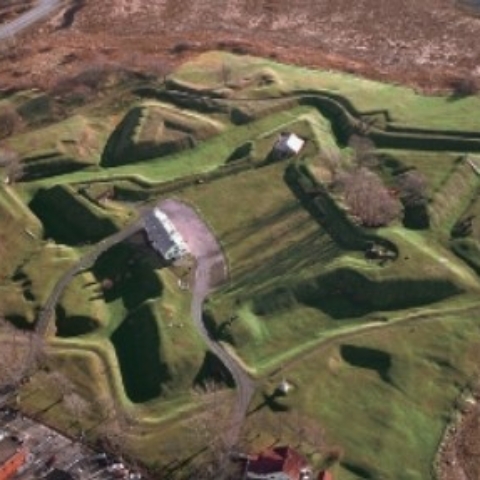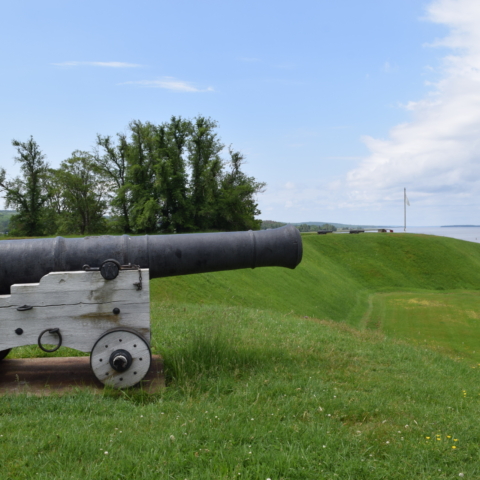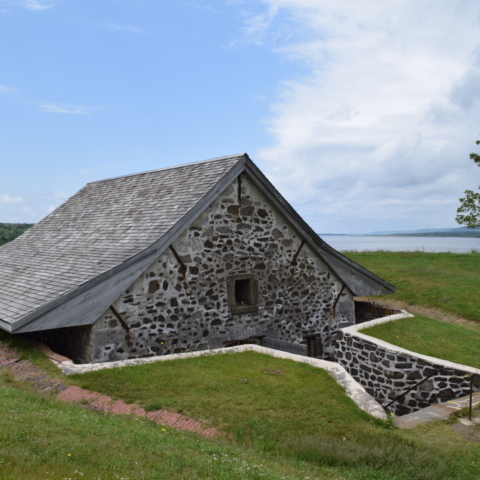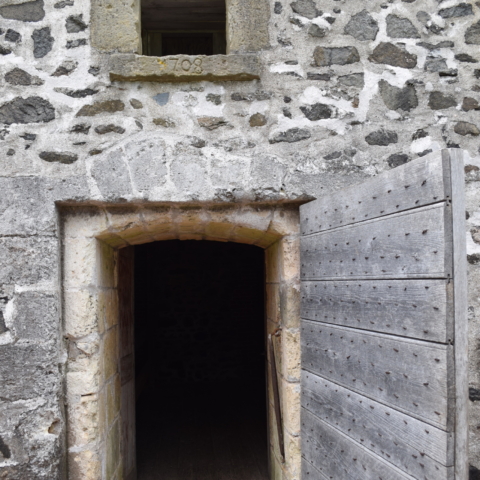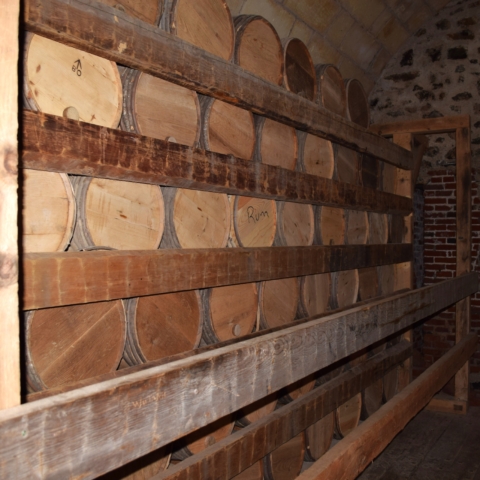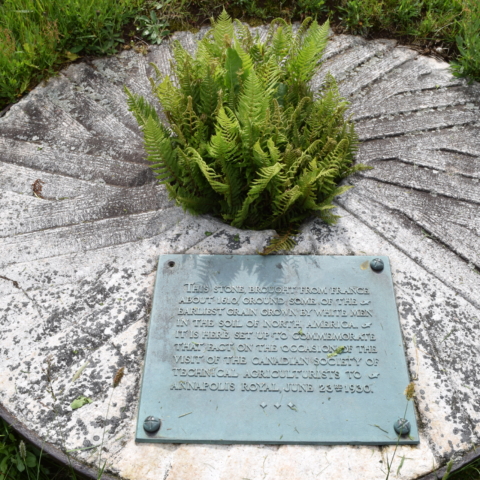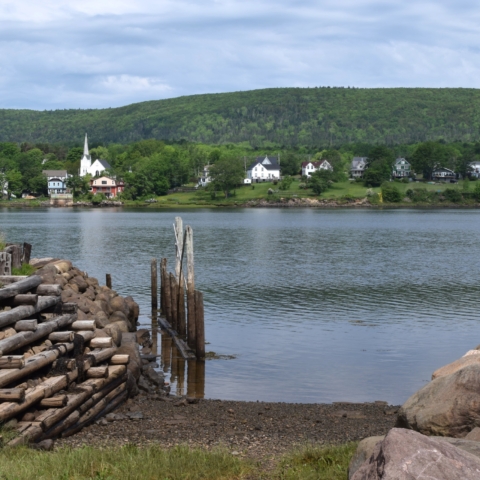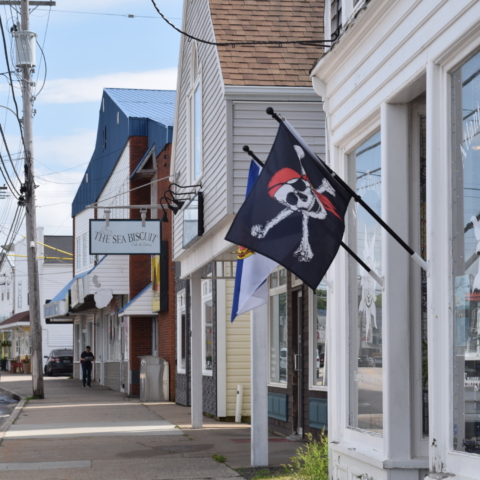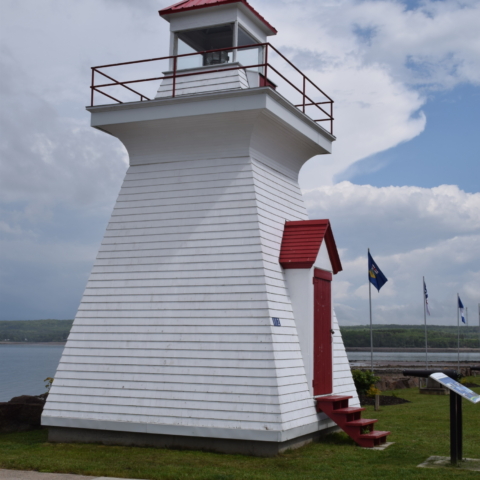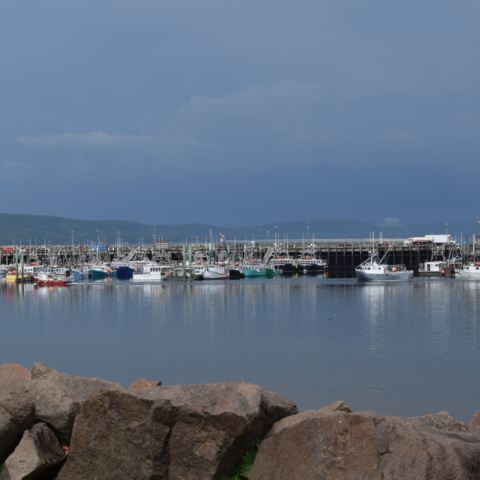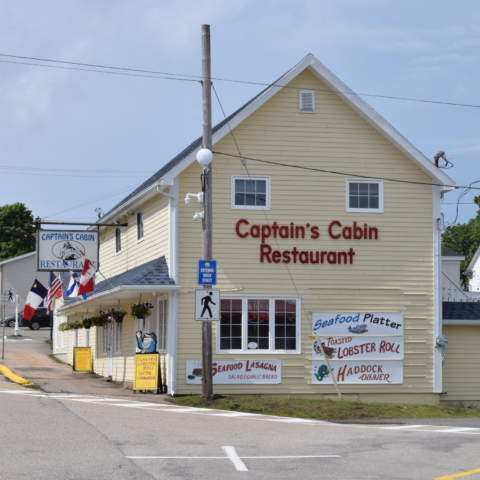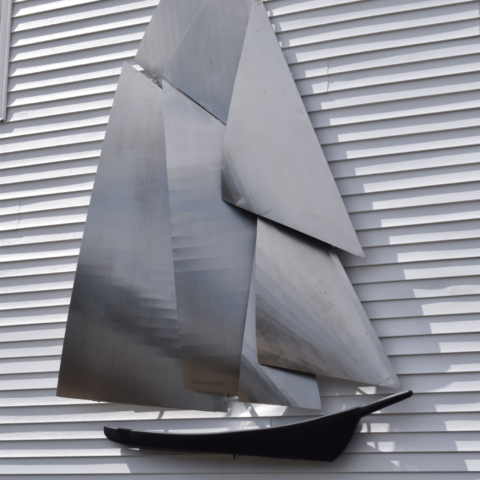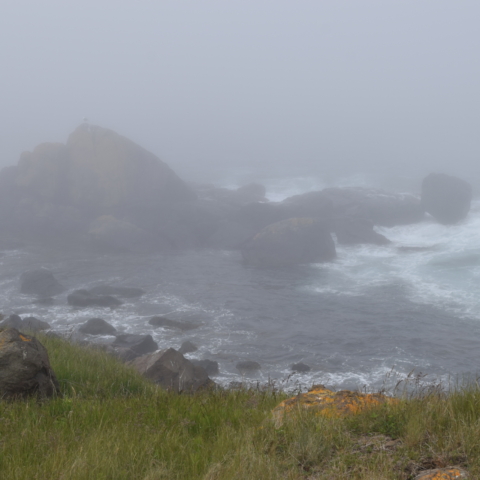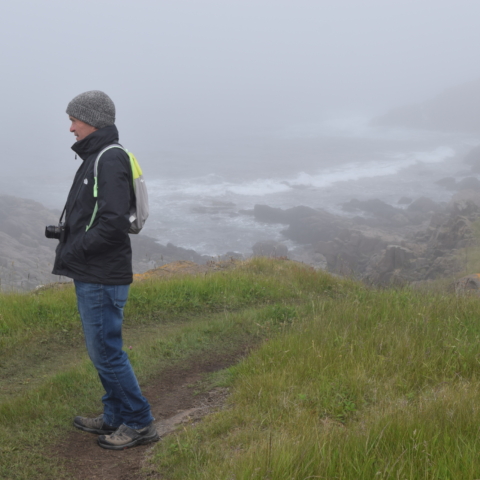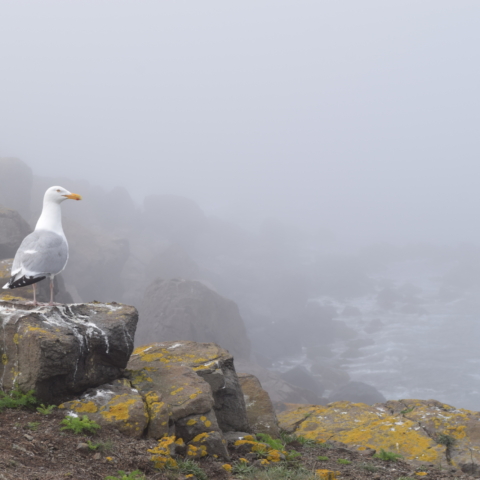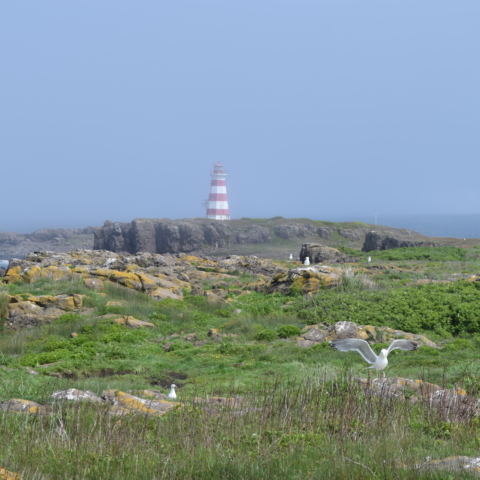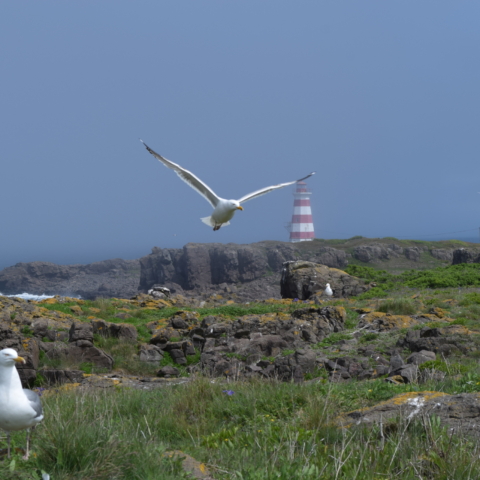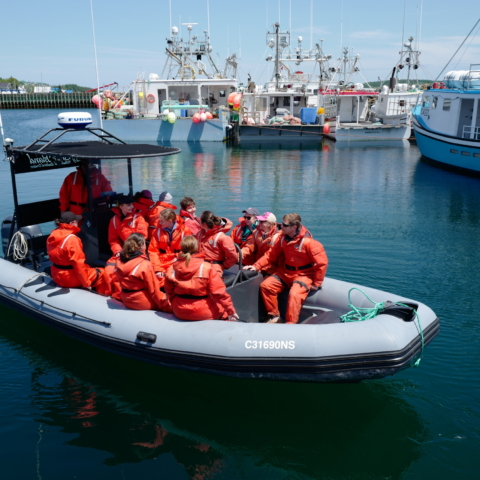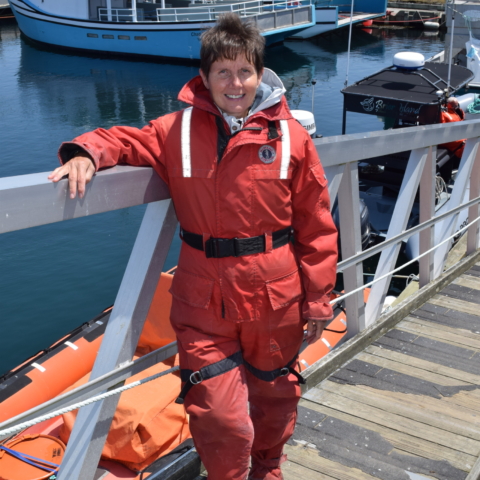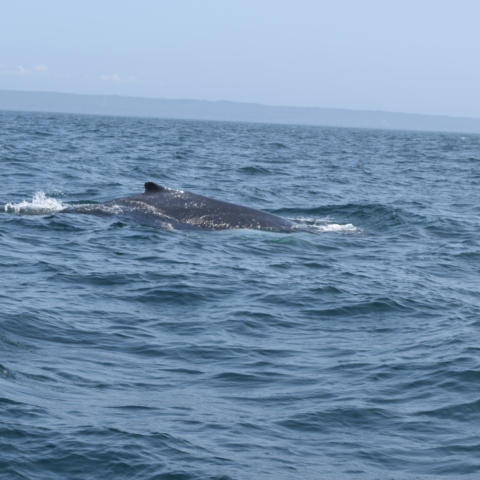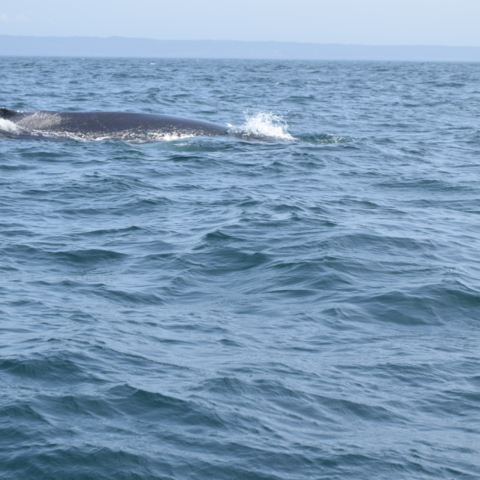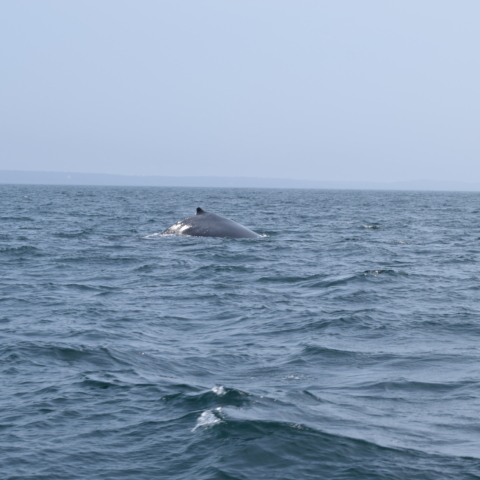June 6 – June 18, 2023
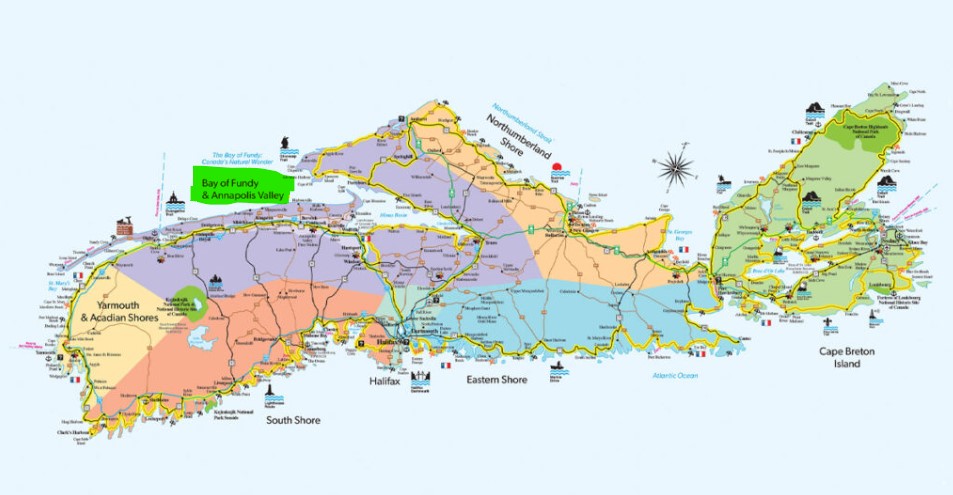
After our experience of Newfoundland weather, we decided to have a bit of luxury and rented an Airbnb for a week in Sheffield Mills in the Annapolis Valley. We had a mixture of rain and sunshine but at least the temperature was in double digits ! We did a few excursions and relaxed.
Scots Bay and Cape Split Hike
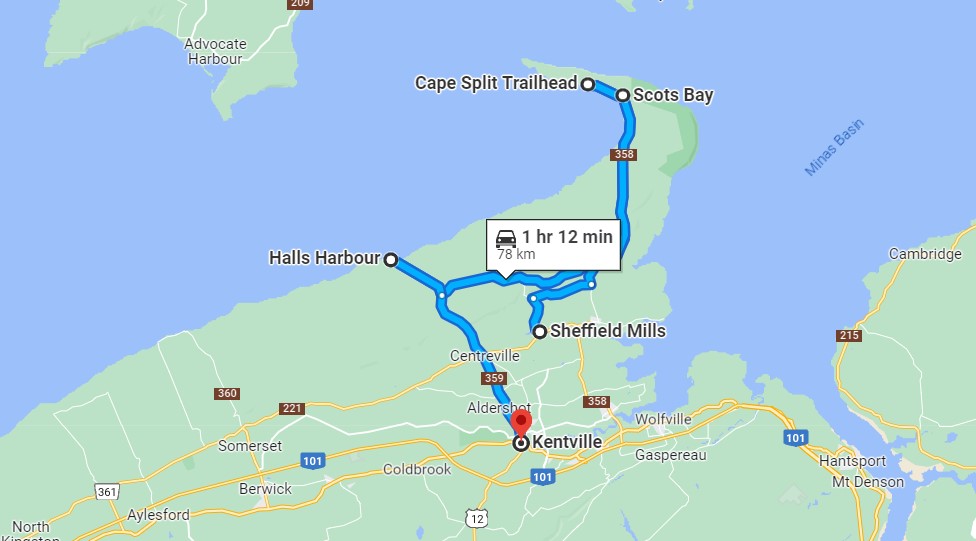
A nice 12km hike going to the very tip of Cape Split, mainly under the forest canopy and was muddy in places but worth the effort as nice views onto the Bay of Fundy.
[Click on picture to open gallery]
Halls Harbour
A small fishing harbour on a dead end road with not much there apart from a restaurant serving lobster and a souvenir shop.
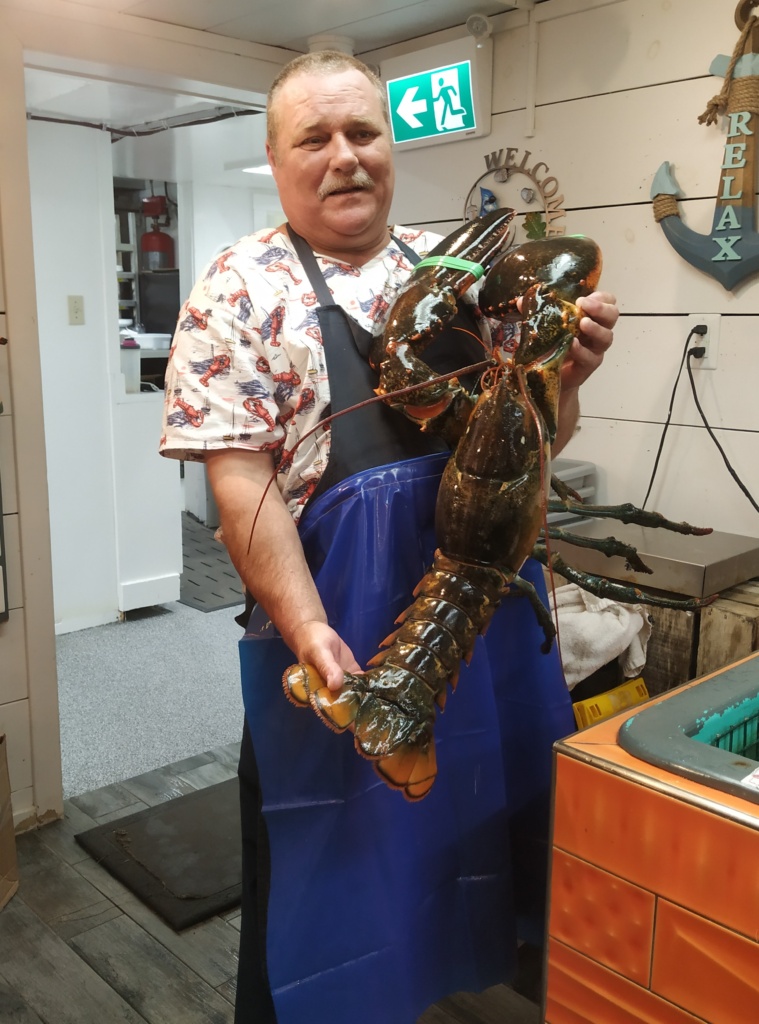
Man showing his pride and joy: a giant lobster weighing at least 20 pounds !
A lobster’s age is approximately his weight multiplied by 4, plus 3 years. A lobster is approximately 7 years old before it is legal to harvest, and it will weigh about 1 pound. This makes the monster on the picture above in the 80 + age bracket !! (Lobsters can live to over 100 years old )
Kentville and countryside
The Annapolis Valley region sits between small mountain ranges and spans from Digby to Windsor and boasts some of the best soils and climatic conditions in eastern Canada. It is recognized as the 3rd most important fruit growing region in Canada! (mainly apples, pears, strawberries, blueberries). We saw evidence of this, with apple orchards all around and sign for strawberry and blueberry farms.
it is also gaining recognition in Canada and around the world for high quality wines (whites). thanks to its climate and soil quality. We tried a local white wine and it was fruity and refreshing ! There are also local cideries and, as in most towns these days, craft breweries offering a range of beers.
It is very green and at this time of year, plenty of wild lupins, lilac trees and other flowers border the roads.
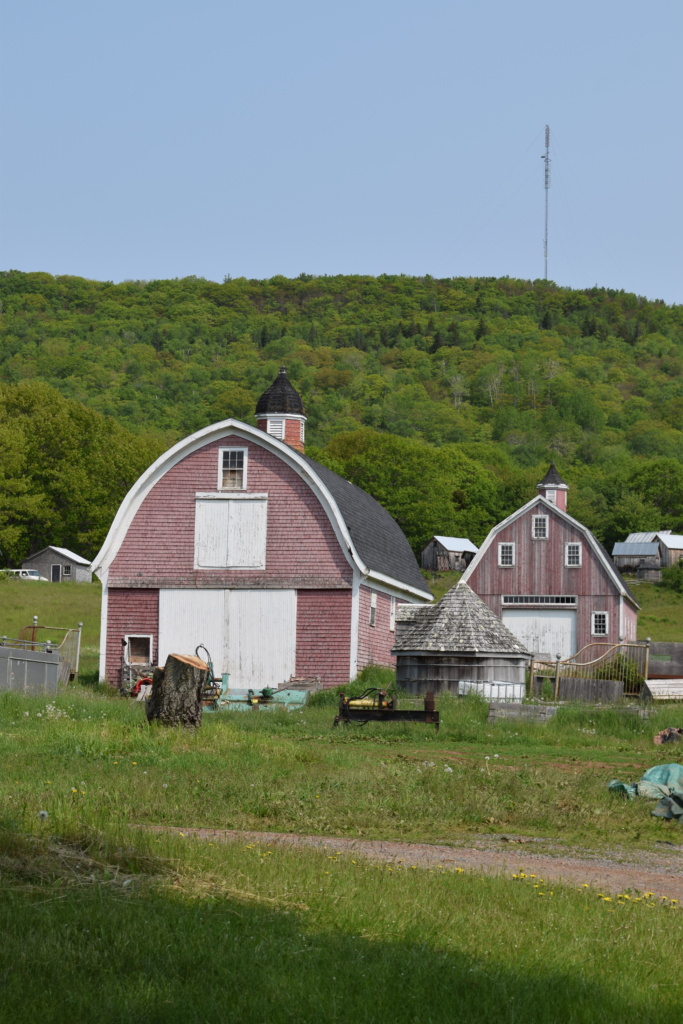
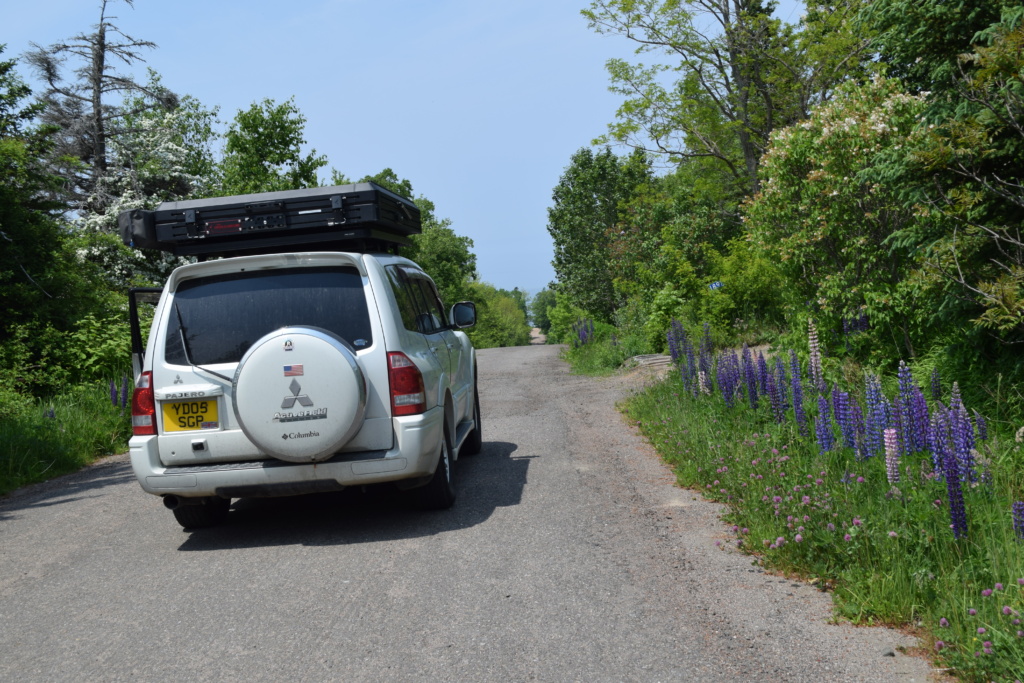
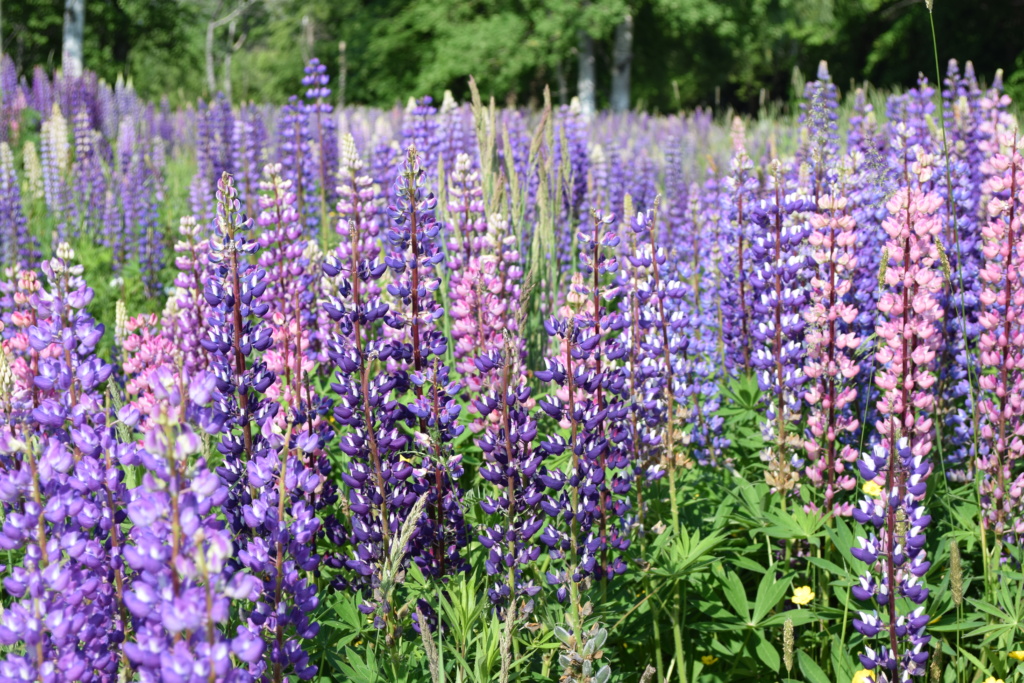

It was time to move on and we drove to Bridgetown.
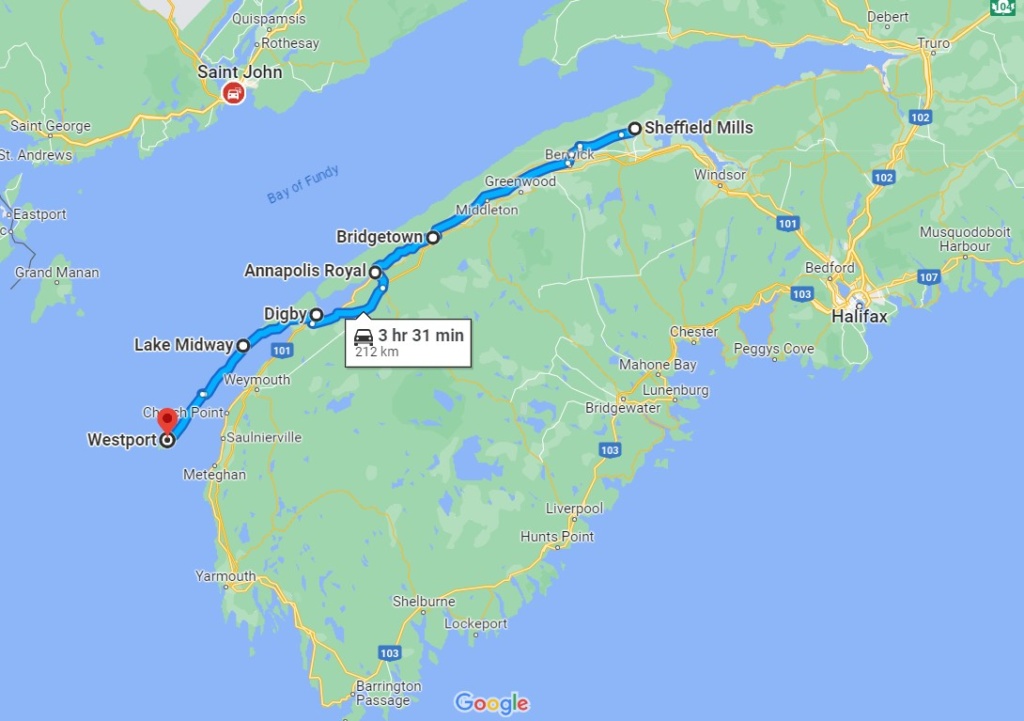
Bridgetown is a small town. The area has a history of successful wooden shipbuilding during the 19th century, accounting for many grand homes still standing today. It is situated on the Annapolis river and benefited from its proximity to Annapolis Royal (more on this below).
We stayed for the night at the Jubilee Park car park and were glad to have some covered picnic areas when it rained the following morning. As it happens, this was also the weekly meeting point for a group of walkers and they invited us to join them for a 1 hour walk on the old railway tracks, now converted into a walking trail. Along the path, we came across a couple of fresh water turtles, nesting – digging the soft ground to lay their eggs.

Annapolis Royal
The area, originally inhabited by a strong Mi’kmaq community, became home to some of North America’s earliest European settlers in 1605, when a french explorer, Pierre Dugua de Mons* founded the first permanent settlement of Port Royal (about 10 km west of present day Annapolis Royal) and what was to become Acadia (L’Acadie).
Annapolis Royal has a tumultuous past. The town was the capital of Acadia and later Nova Scotia for almost 150 years, until the founding of Halifax in 1749. It was attacked by the British six times before permanently changing hands after the siege of Port Royal in 1710.
*Annapolis Royal is twinned with the town of Royan in France, birthplace of Sieur de Mons.
There are over 135 registered heritage properties in Annapolis Royal and Canada’s oldest National Historic Site, Fort Anne.
Today, the town is a vibrant centre for cultural activity and a magnet for visual artists, craftspeople, performers and writers.
We were in town for the celebration of the first annual “Pierre Dugua Day”, a delegation from Royan was present and after speeches and some dancing from a traditional Acadian dancing group “La Baie en Joie”, a new plaque was inaugurated, celebrating Pierre Dugua’s legacy to the region.
[Click on picture to open gallery]
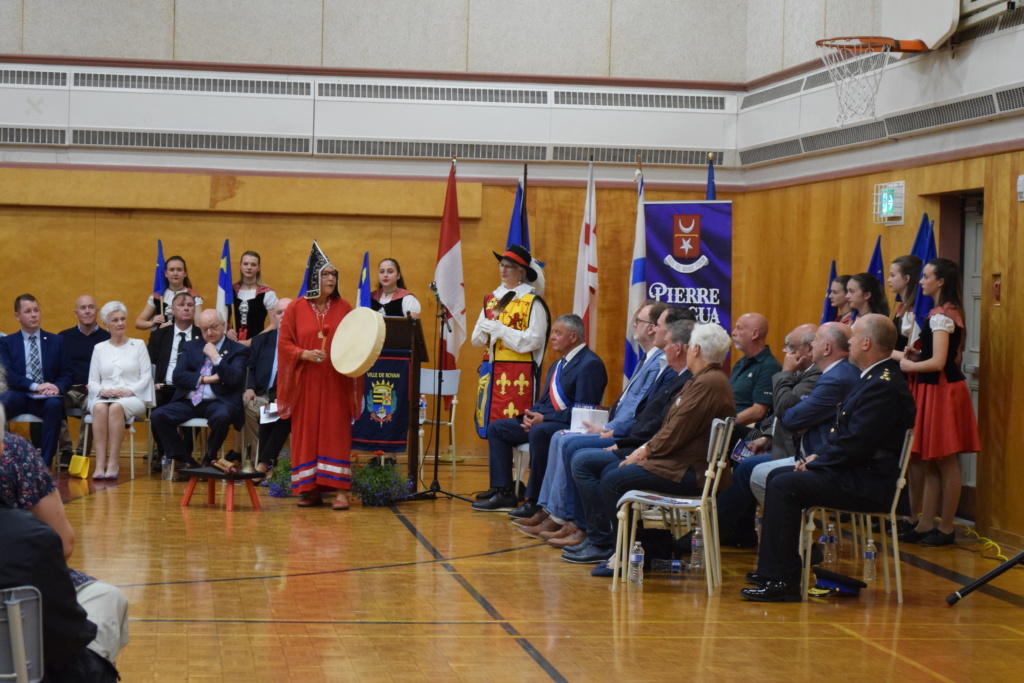
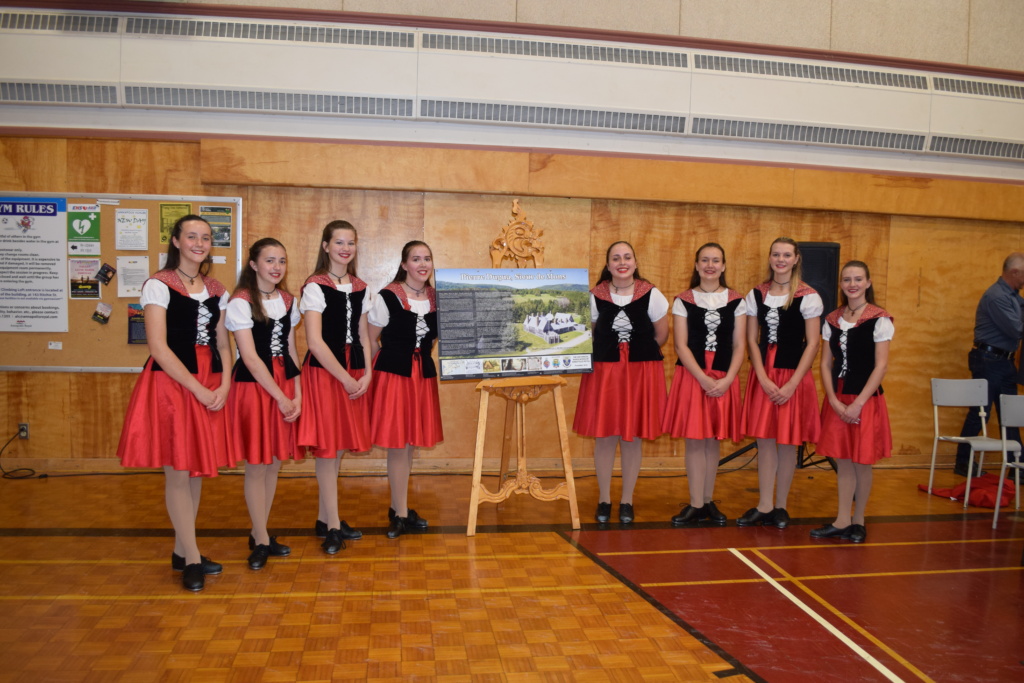
Digby and Digby Neck
We stopped in Digby, best known for its scallop and lobster fishing fleet. A sign states ” Welcome to Digby, scallops capital of the world “!!
[Click on picture to open gallery]
We read that you could go whale watching off Brier Island so we drove to Westport, catching two ferries on the way to reach this small island at the very tip of what is called Digby Neck. (long and narrow strip of land).
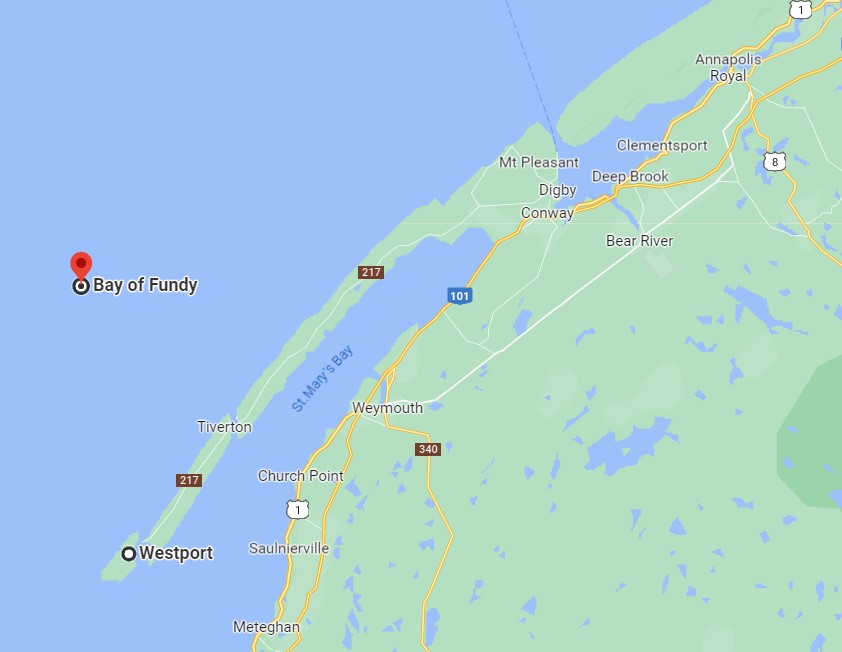
Brier Island is tiny, 6 km long and 2 km wide. We arrived mid-morning and the weather was really foggy. We went to the lighthouse and did a short hike to Whipple Point, following the rugged coastline. Our only companions were the seagulls , some were nesting between rocks.
[Click on picture to open gallery]
The community makes its living off fishing in the Bay of Fundy and whale watching tours in summer. Every year whales of all sizes (up to 15 species of toothed and baleen whales) come to the Bay of Fundy, one of the marine wonders of the world, to mate, play and feast on the bountiful supply of food churned up twice a day by the powerful tides.
I went on a zodiac tour ( by then the weather had cleared up). You are given a red survival suit to wear and it is most welcome as even in summer, it can be chilly. The tour lasts two and a half hours. We were on our way back before we actually spotted a whale ! The skipper was in radio contact with another bigger tour boat and between the two of them they tried and follow the whale, guessing where it would re-surface next. We got a few sightings but nothing as impressive as a full breaching, when the whale (usually humpback) jumps out of the water.
[Click on picture to open gallery]
Midway Lake
On the way back to Digby, we stopped for the night at Midway Lake. Paul did some fishing and within a few minutes he had landed a nice trout ! We had it for dinner and it was very tasty!
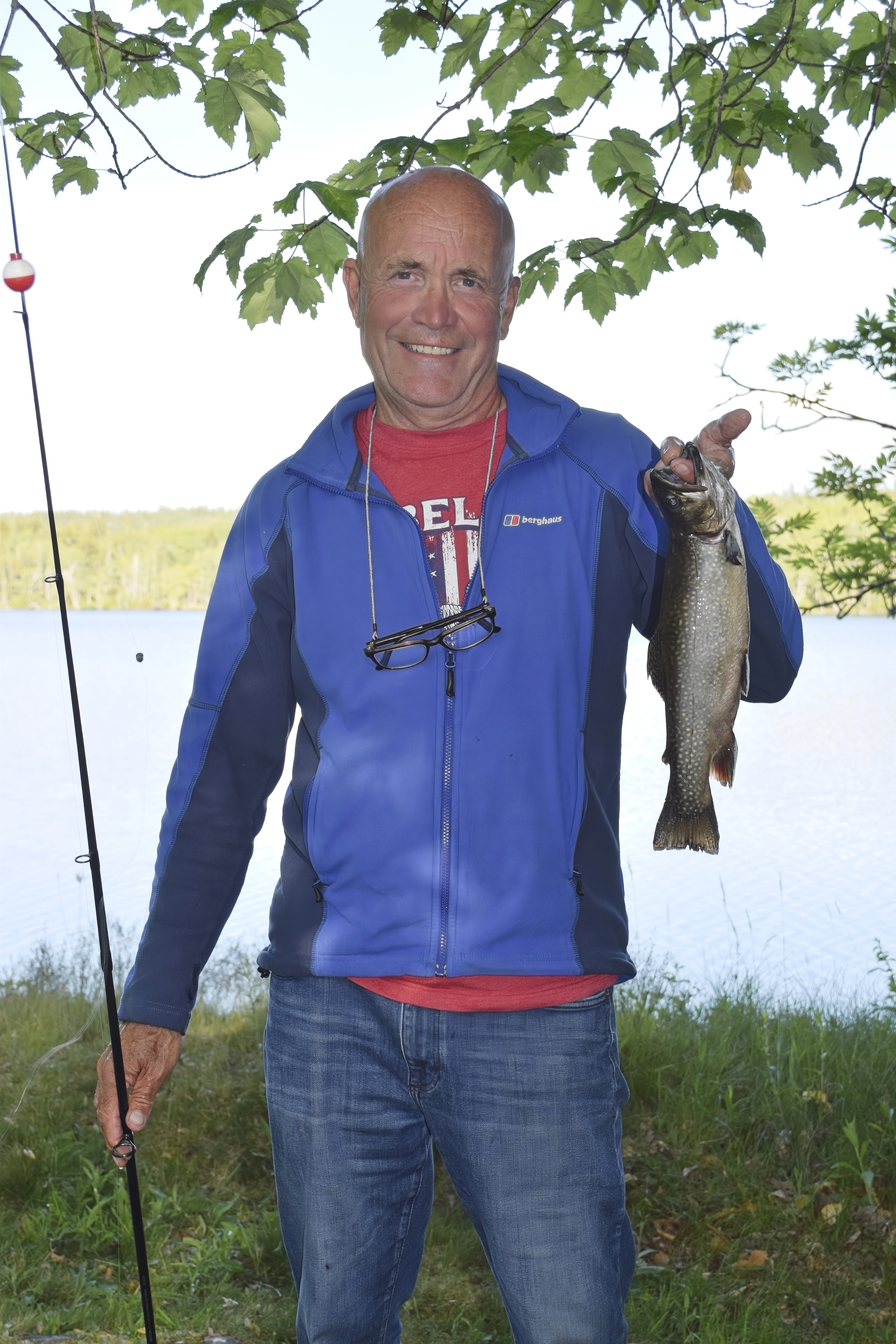
A proud moment !
